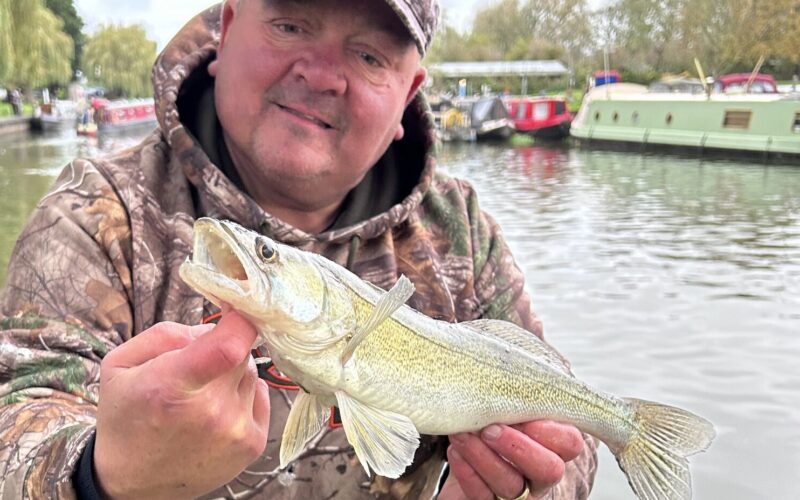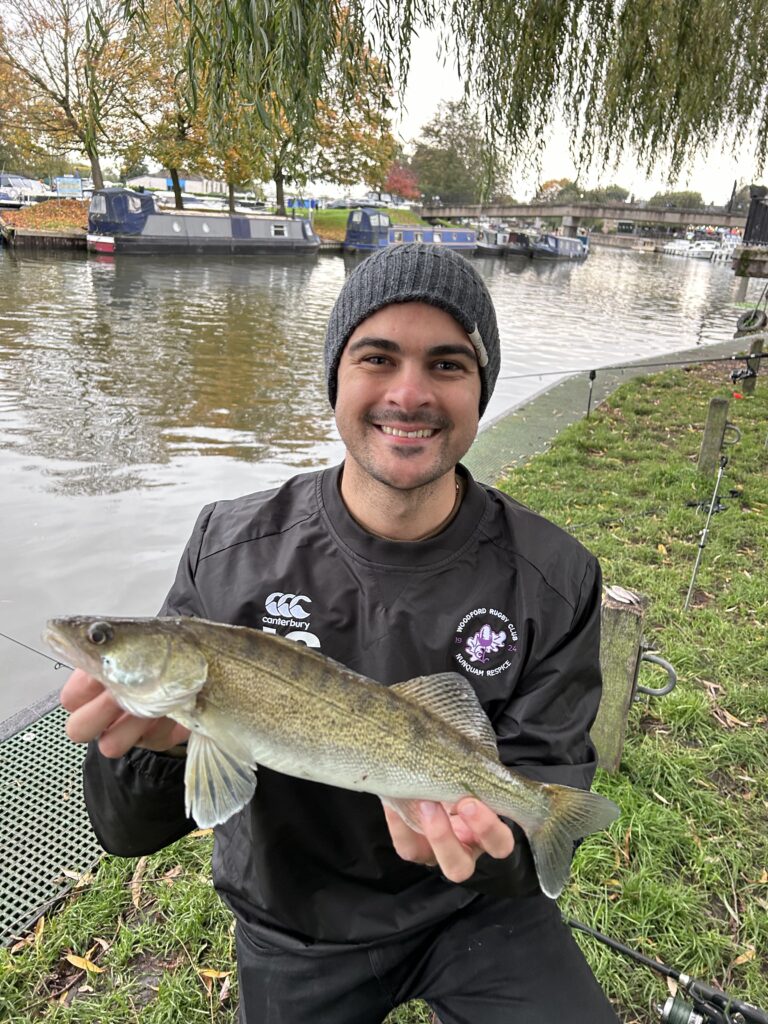The elusive Zander—a fish that has escaped me for over 40 years. To be fair, I’ve never specifically targeted this species or fished venues known for Zander. My encounters with them have only been as accidental catches in matches. Recently, though, I’ve been looking for a new fishing challenge, and a Zander might just be the perfect pursuit. During a scroll on Facebook, an interesting post in an Ultra Light Lure Fishing group grabbed my attention. I saw there were some guys Zander fishing on the River Ouse with great success. So my challenge was set on my birthday along with my son Jordan.
Introduction of the Zander to the UK: A Brief History
Maximum 2.5lb test curve carp rods or Barbel rods if you have some. 4000 to 5000 size reels loaded with 30 to 50lb braid, with 15 feet of 15lb Fluorocarbon as a leader.
RIGS
When it comes to Zander fishing on the River Ouse, I would usually scale my tackle down; as a result, I achieve better outcomes. Zander do not have that huge mouth that Pike have. The Zander on the River Ouse tend to be on the smaller side, from a pound to 5lb so scale your bait and tackle accordingly.
20 inches of 20lb trace wire and a couple of size 8 semi barbed trebles with the hooks positioned around two inches apart will let you present a 4 to 5 inch deadbait perfectly.
For the rig, you will need Fox Rage Predator Ledger Stems, a 6mm black bead, swivel, and a 2oz flat lead (no smaller).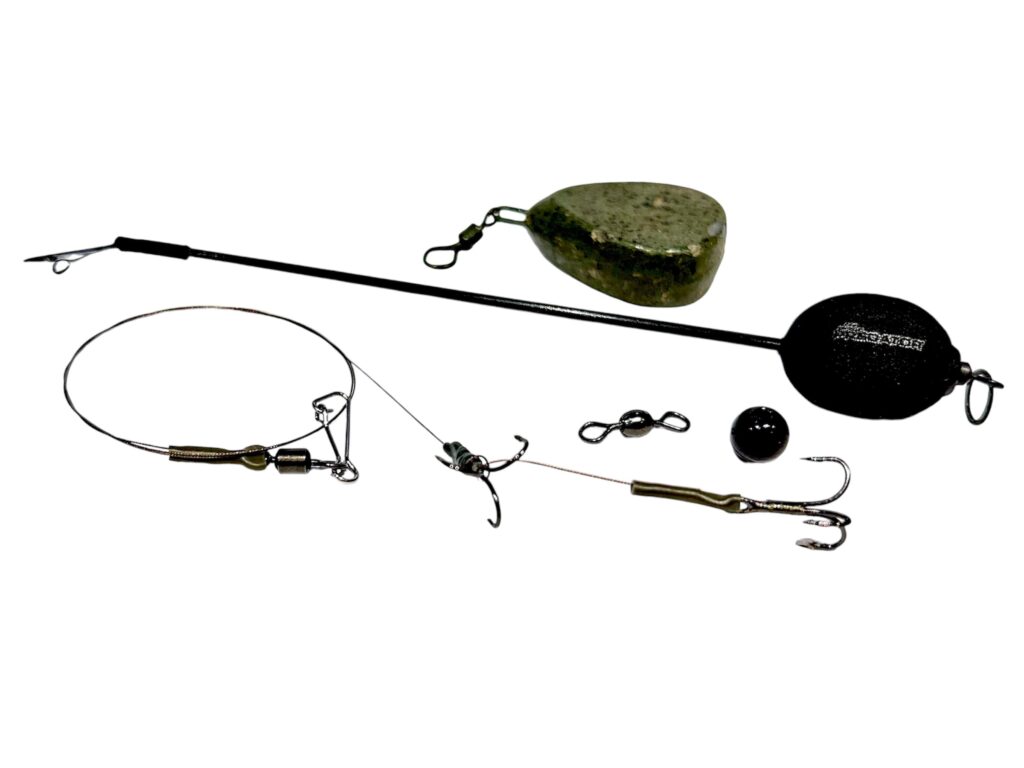
The rig is basically a running ledger but coupled with a ledger stem. The stem eliminates the hassle of fishing over weed and allows the rigs to run with minimal resistance.
BITE INDICATION
When it comes to bite indication I would recommend using something like a Fox Rage Predator Drop Arm Indicator or a similar brand. It is engineered so the ball clip releases the mainline with minimal resistance which is critical when predator fishing. I use mine in conjunction with a bite alarm. There’s a great video that shows you how to set up your drop off indicator at the bottom of the page.
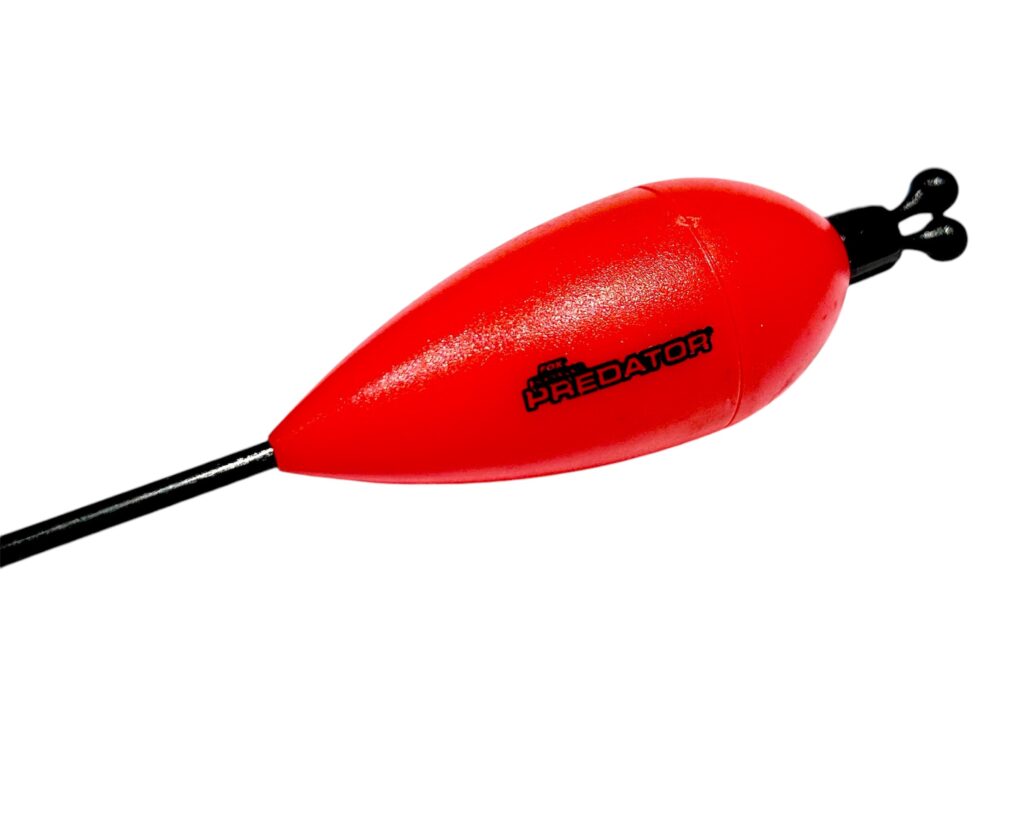
BAIT
I took a couple of different baits on the day, four to five inch Roach and Sprats. After arriving at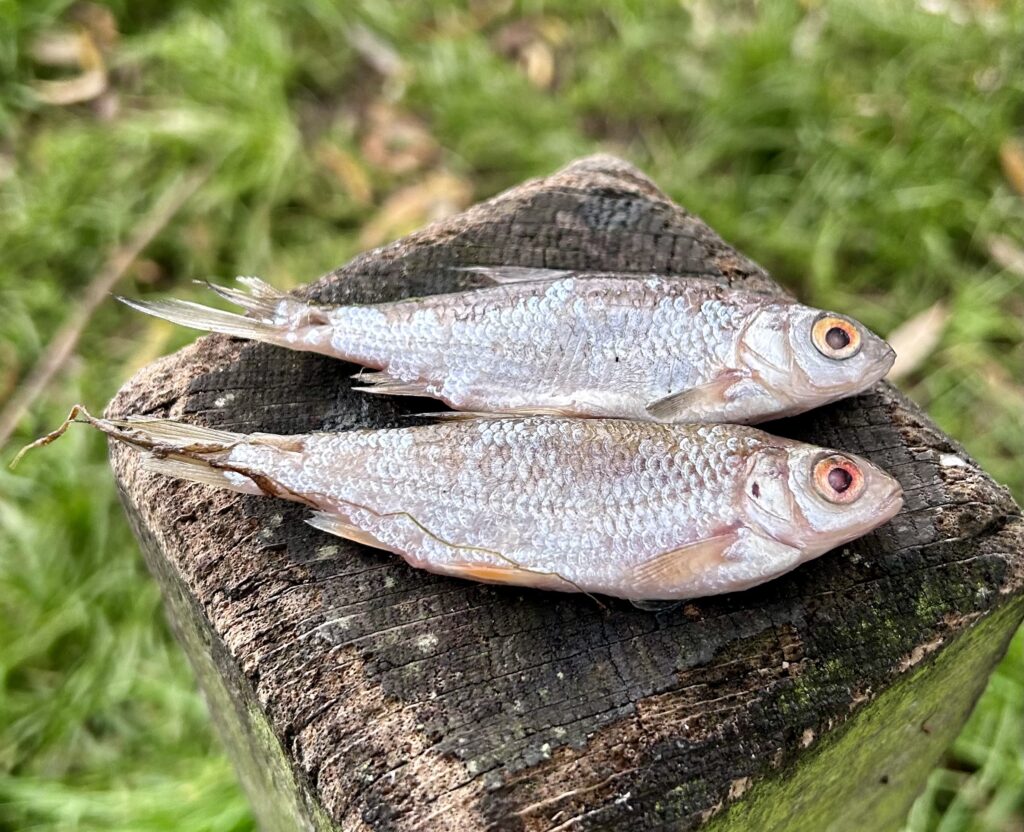 my swim I noticed a lots of small fish topping which were certainly Roach. This is when I made my decision to “match the hatch” and use Roach. Before I hook my bait I like to take a pair of small rig scissors and snip through the gills and stab a few holes in the belly. This helps release a trail of scent which is very important on a flowing river. I purchased my bait through an online frozen bait company. It allows me to buy a good selection all at once for the season. Once the bait arrives I split the bait up into smaller bags so I can take as much or as little as I want without much wastage.
my swim I noticed a lots of small fish topping which were certainly Roach. This is when I made my decision to “match the hatch” and use Roach. Before I hook my bait I like to take a pair of small rig scissors and snip through the gills and stab a few holes in the belly. This helps release a trail of scent which is very important on a flowing river. I purchased my bait through an online frozen bait company. It allows me to buy a good selection all at once for the season. Once the bait arrives I split the bait up into smaller bags so I can take as much or as little as I want without much wastage.
WHERE TO FISH
During the autumn and winter, the boat traffic slows down. This helps when choosing the right location to set your bait. During the summer there’s so much boat traffic it’s impossible to fish anywhere but close in the edge. But when the weather turns, the boat traffic slows down, so we can start fishing over to features on the far bank. Predatory fish like to ambush prey, so features such as boats, culverts, and vegetation should not be overlooked.
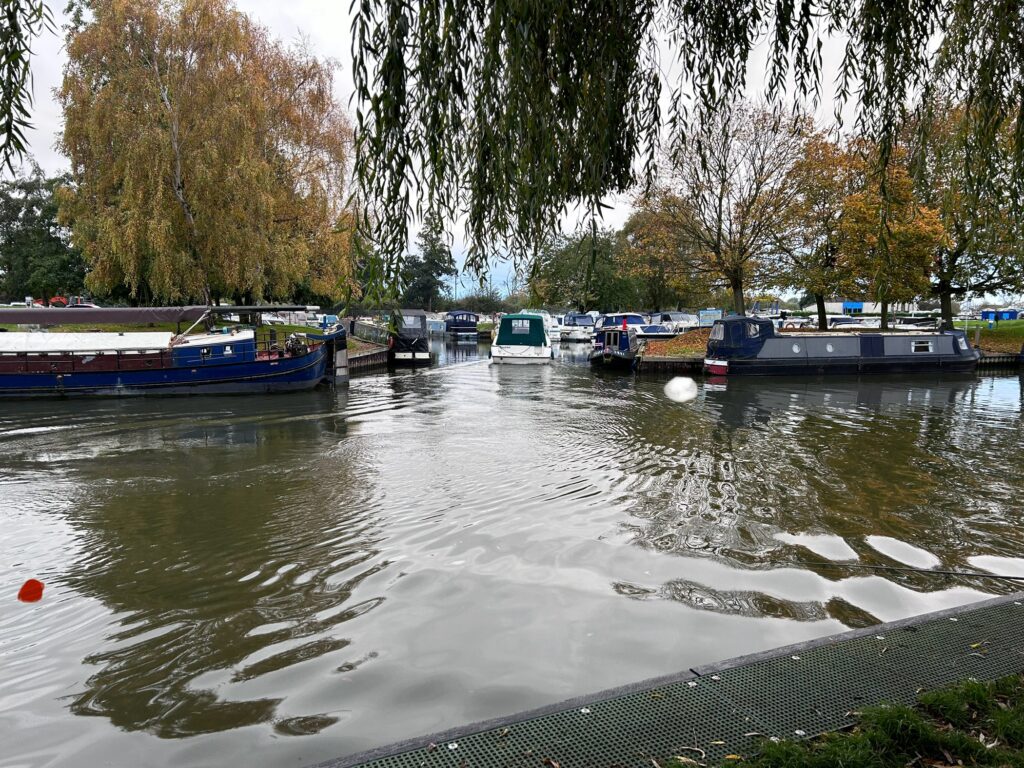
On this occasion I fished one rod close in down the shelf in around eight feet of water to my left. I cast the other rod off the end of a vacant narrow boat where the water shallowed up to four feet. The only issue I had with the long cast is that I had to reel in a few times as boats passed. It was worth the aggravation as I had two fish on the far line.
TOP TIP
Once you have cast out, keep your rod pointing directly towards your bait.
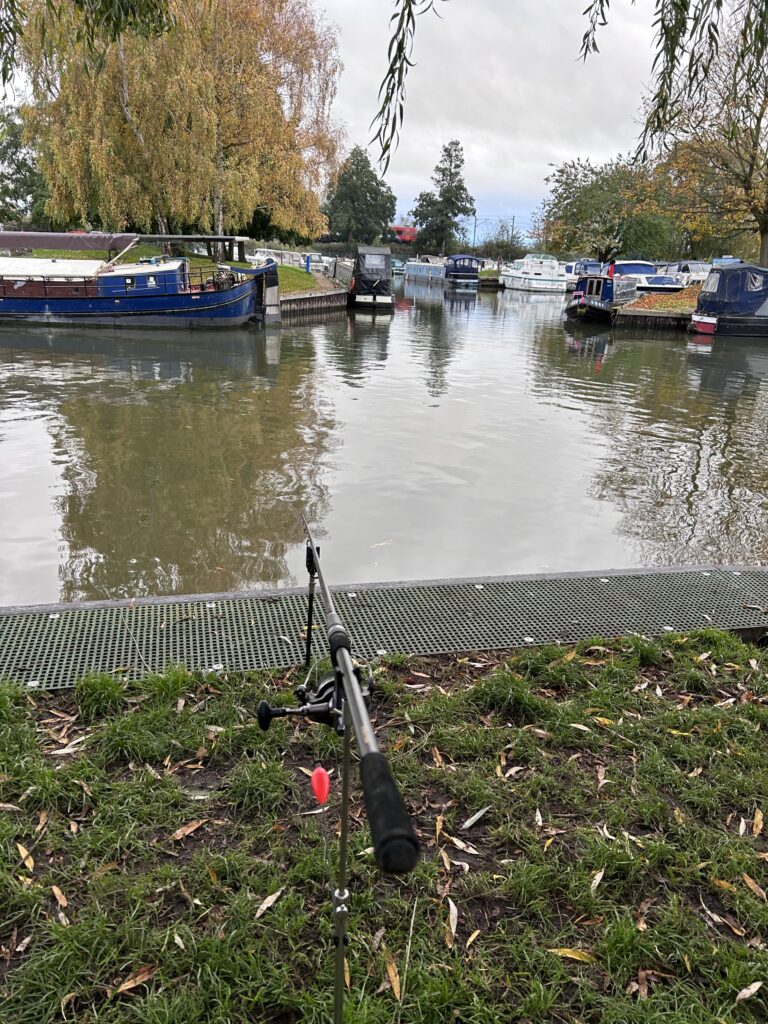 I make sure there is the least amount of resistance as possible. If you have your bait at 90 degrees to your rod tip the fish will feel too much resistance. This will result in a lot of abandoned runs as predatory fish like a natural bait.
I make sure there is the least amount of resistance as possible. If you have your bait at 90 degrees to your rod tip the fish will feel too much resistance. This will result in a lot of abandoned runs as predatory fish like a natural bait.
You will know when you get a run because your indicator arm will drop down and the alarm will sound. You will not get a drop back as you are using a tight running ledger.
As soon as you get the run then pick the rod up and concentrate on the line. You will be looking for the line to gently peel away. I prefer to strike early to avoid deep hooked fish, so leave it no more than 5 seconds. As you are fishing with small baits you need to set the hooks quick as they can quickly inhale the bait down their gut. A deep hooked fish is an awful situation to be in, so strike early! This image shows a perfectly hooked fish. Nice and easy to unhook.
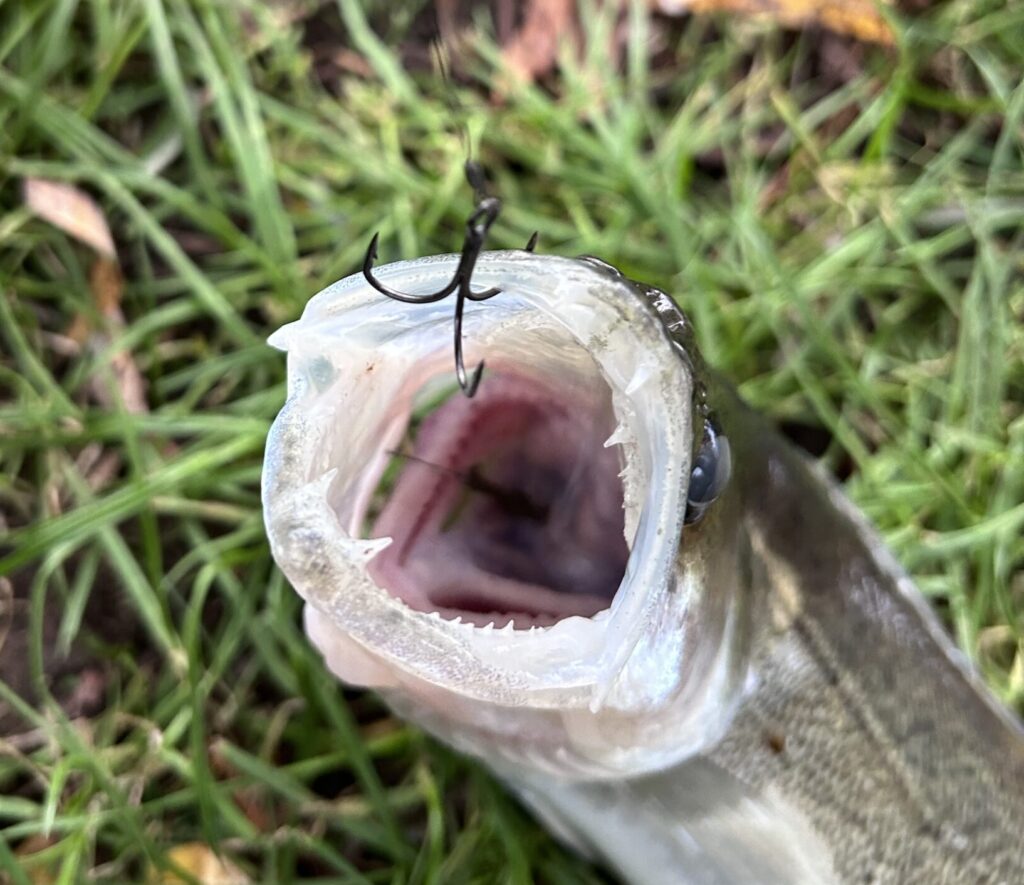
If you are like me and need a new challenge then I would recommend a trip out to River Ouse to catch some Zander. Follow this guide and I am sure you will catch one or two.
Here are a couple of links that may help make your day more successful.
How to set up your drop off pike indicator Click Here
For advice on making pike traces at home, see my guide: “How to Make Dead Bait Pike Fishing Traces.”
Get the most out of your bait with my How To Store Deadbaits article

